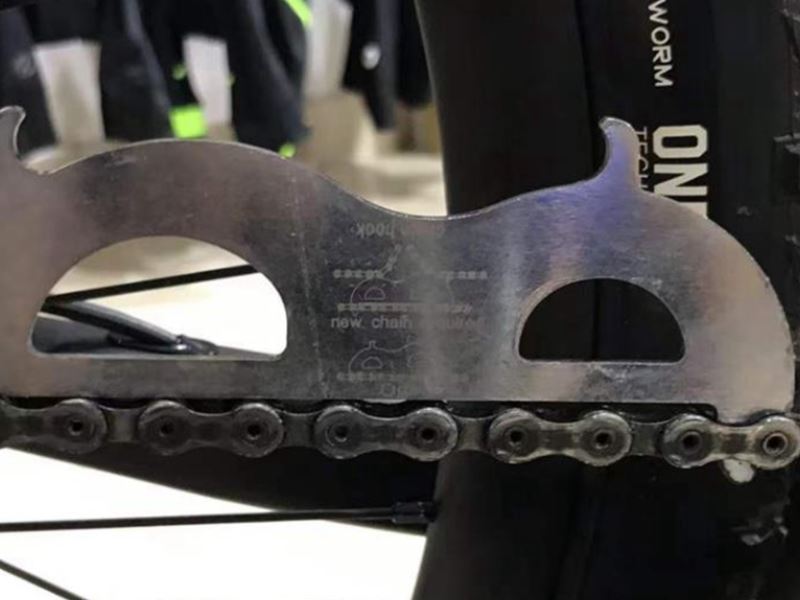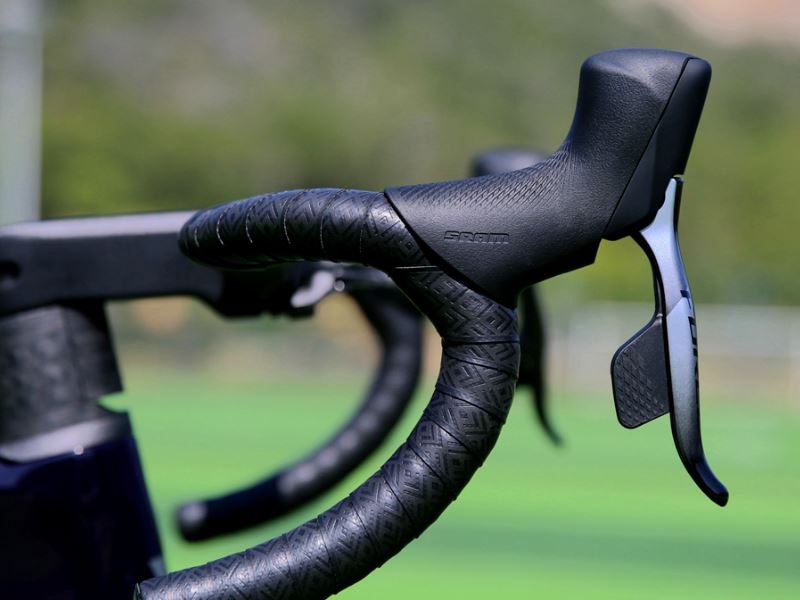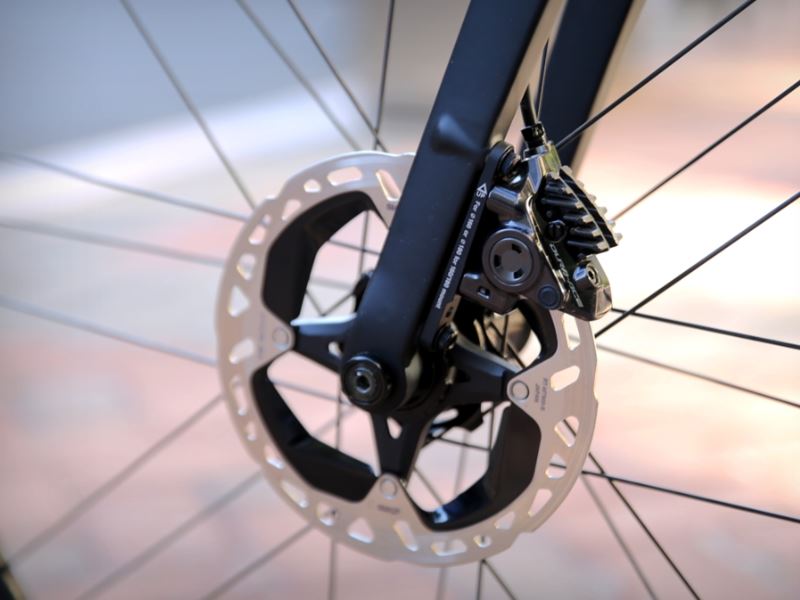by Tiffanybikes
Share
by Tiffanybikes
Share

Regarding the lifespan of a bicycle helmet, the general opinion of the riders is that the lifespan of the helmet depends on when it is crashed or broken, and then discarded. Is there a safety hazard after the helmet is used for a certain number of years? How many years can a helmet last without crashing?
Helmets generally have an expiration date, because long-term exposure to sunlight, heat, and other elements reduces the aging of the helmet’s foam and other components. In addition, the helmet will inevitably fall during use, thereby damaging the internal structure of the helmet.
The general recommendation of some helmet manufacturers is to replace the helmet every three to five years, mainly because the helmet as an outdoor product needs to face various complex conditions, such as high temperature, ultraviolet rays, deep cold, arid climate, humid climate, with season, temperature, sweat, etc., the materials that make up our helmets degrade over time. Many times, after about three years of routine use and exposure for this type of product, the material will fall short of its testing criteria.
Helmet manufacturers, stores and dealers are also unable to closely monitor the age and usage of customers’ helmets, so the prudent recommendation for most helmet manufacturers is to replace the helmet after three to five years.
According to the average usage statistics of general riders, the helmets they use will encounter a series of factors such as harsh conditions, bumps, and traces of use. Therefore, it is difficult for the helmet to protect the head after three to five years of use.
After the sale of the helmet, it is still necessary to inform the customer that the helmet is a safety device, and it really needs to be taken care of and replaced as much as possible after a certain number of years of use.
However, some riders will ask if the helmet is stored in the warehouse for a certain period when it is offline, whether it should be counted in the service life. Therefore, manufacturers usually package the helmet to isolate it from the outside air and store it in a cool place, so the service life of the helmet starts from exposure to the natural environment. As a manufacturer, there is no way of knowing when a product was first used, so it can only be stored until it is sold.
The PR and marketing departments of the Met helmet makers have tested at this point that helmets they have stored in warehouses but never used retain their original safety standards even after prolonged storage. Most helmet manufacturers add UV inhibitors to the compressed foam of their helmets to limit degradation from sunlight exposure.
Some riders also have different opinions on the use time of three to five years, which actually boils down to the maintenance method of the helmet. If kept in good condition and not stored in the sun and extreme conditions, the lifespan of the helmet is likely to last longer.
The materials used in the helmet are all materials that are broken when subjected to impact. When the head hits a hard object, the helmet will absorb a certain impact force and then rupture, so as to protect the head. After any crash, replace the old helmet promptly to ensure its optimum performance. It is worth noting that regardless of whether you have fallen or collided, it is recommended that riders replace their helmets every three to five years as much as possible. Although the helmet has not been crashed, sun exposure and sweat erosion can also age the helmet and accessories, thereby weakening the protective performance of the helmet, no matter how expensive the helmet is, it is not as expensive as a human head.
The “out-of-stock tide” brought about by the epidemic has made it difficult to find a bike in the cycling circle. Even if some brands can order a bike, the delivery time varies from a few months to more than half a year. There are many bike fans who can’t wait to turn their attention to […]
Whether you’re a big cyclist or a novice cyclist, who hasn’t made some mistakes on the bike? For example, when the new bike is installed, the vehicle accessories are installed incorrectly, the equipment model is not matched when the accessories are upgraded, the fault judgment is wrong, and there is wasted effort in disassembly and […]
With the full popularity of the disc brake system for road bikes, the road bike market has completely resolved the debate between disc brakes and rim brakes. It can be said that disc brakes have completely taken over the rim brakes. But in road disc brakes, there is another debate, so is it better to […]
Today, most mountain bikes on the market are equipped with front fork shock absorbers, and even many gravel bikes are equipped with micro-travel shock absorbers in order to cope with more complex road conditions. There is enough suspension travel on a bicycle to measure the bumps that the bicycle can absorb, so what kind of […]



